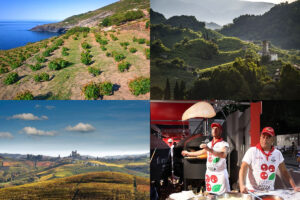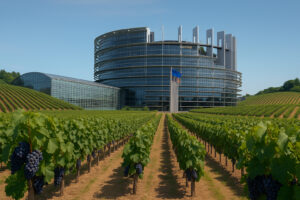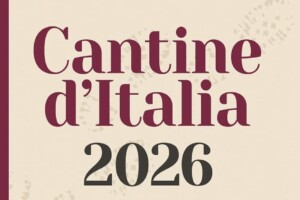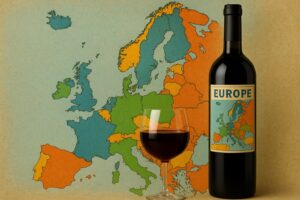The first “double” zoning project for the production of wine and olive oil has arrived from the “Highlands of Brisighella”. The coordinator is University of Milan professor Leonardo Valenti. He explained that, “the case of Brisighella (the analyses of the first results were revealed on January 20) is very interesting because it is the first example in Italy of the organization of a “double” zone for both wine and olive oil production. The zone is a tool of great importance especially these days in which we are oriented toward the minutest details, capable, however, of changing and differentiating an entire production”.
“The Brisighella zoning project began in 2007, creating the foundation for interdisciplinary research with the awareness that it wasn’t enough to change the graft or clone or variety to create quality in a specific territory but to confront the problem in a comprehensive way. Wine and oil production, in fact, needs innovative models in which the optimization of the plant and the environment, that is, the choice of pedoclimatic conditions and cultures that allow for the full manifestation of their potential, becomes absolutely necessary. The in-depth analysis of such a relation finds justification in the economic and social need of localizing viticulture and olive-growing in areas of true vocation and in the conviction that there are few varietals capable of adapting and expressing their characteristics by giving wine specific recognition that the consumer can identify as typical of that zone. It is the concept of environmental vocation that is being obtained by mixing climatic, topographic, pedological, and agronomic information”.
“Few in Italy have understood the strategic importance of zoning, very often considering it a vehicle for promotion, forgetting its effective function as a programming tool for a territory and the companies that work in that area”.
Valenti continued to explain that the examples of zoning in Italy are, “rare and divided into two categories, on the one hand there is territorial zoning as in the case of Bolgheri, Barolo, and Montepulciano, to name just a few, and on the other hand, there are companies, as in the case of Caprai in Umbria at Montefalco or the Cantina La Vis in Trentino, to give some concrete examples; in this second case, their use was most immediately operative, representing one of the most important means for understanding the potentials of a company”.
“The history of zoning in Italy” – concluded Valenti – “is still young and the first attempts date back to Ratti between the 1950’s and 60’s, in the area of Barolo. The University of Milan, instead, began at the beginning of the 80’s with the zoning project in the Oltrepo Pavese, also looking at the experience of the French in order to understand the motives for which a territory is different from another and can thus orient choices on how and where to do things, which is the strongest significance behind zoning. I believe that a critical revision of zoning is necessary, giving back or, finally attributing, a space to this tool in the normality of programming for a company or an entire territory”.
Copyright © 2000/2025
Contatti: info@winenews.it
Seguici anche su Twitter: @WineNewsIt
Seguici anche su Facebook: @winenewsit
Questo articolo è tratto dall'archivio di WineNews - Tutti i diritti riservati - Copyright © 2000/2025








































































































































































































